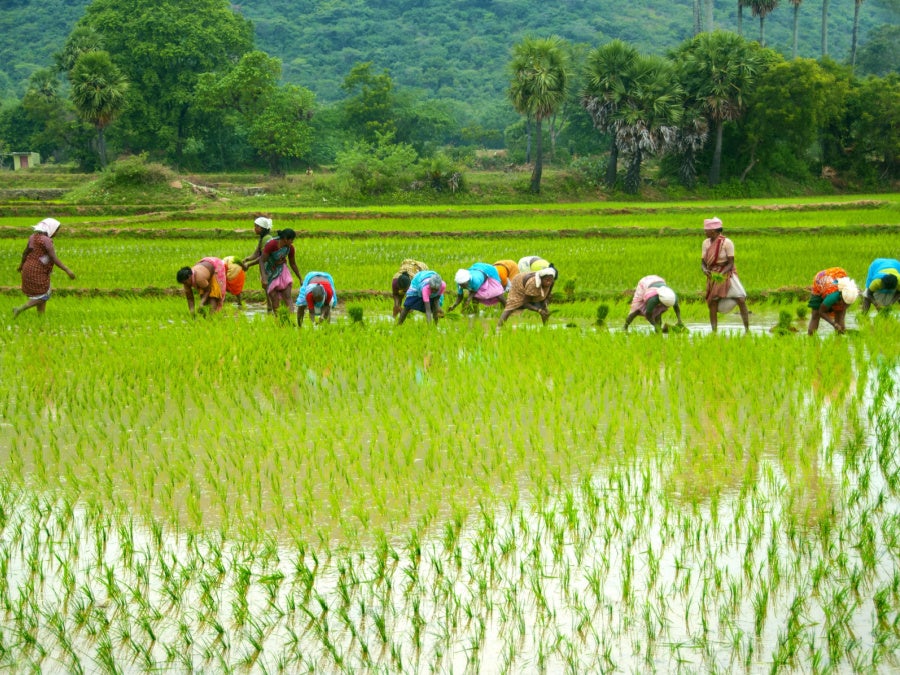
Rice and sugar prices bucked a decline in food commodity costs in August due to concerns over India’s ban on exports and the uncertain impact of El Niño.
While the FAO Food Price Index, compiled by the Food and Agriculture Organization of the United Nations, dropped last month, a measure of rice prices reached a 15-year high.
The price of sugar, meanwhile, increased 1.3% month-on-month and was 34% higher in August than a year earlier.
India banned exports of non-basmati white rice in July in an effort to control rising domestic prices and boost availability before the possible onslaught of El Niño. The World Meteorological Organization has warned the global weather event could lead to an increase in temperatures, with new records a possibility.
The UN body said the FAO’s index of rice prices rose 9.8% in August from July, “reflecting trade disruptions in the aftermath” of India’s ban, the world’s largest exporter of the staple.
“Uncertainty about the ban’s duration and concerns over export restrictions caused supply-chain actors to hold on to stocks, re-negotiate contracts or stop making price offers, thereby limiting most trade to small volumes and previously concluded sales,” the FAO explained.
The agency added the increase in sugar prices was “mainly triggered by heightened concerns over the impact of the El Niño phenomenon on sugarcane crops, along with below-average rains in August and persistent dry weather conditions in Thailand”, another key producer of rice, too.
Capping the rise in sugar, was the “large crop” being harvested in Brazil, it said.
Overall, the FAO Food Price Index continued what has largely been a downward trend this year, aside from an unexpected upswing in July. The gauge tracking five commodities averaged 121.4 in August, down 2.1% from July and 11.8% lower than a year earlier.
It has retreated 24% from its record peak reached in March 2022.
Elsewhere, the FAO’s sub-measure of cereals prices dipped 0.7% month-on-month and fell 14.1% from a year earlier. Wheat prices were down 3.8% from July.
Dairy products saw a 4% decline from July led by whole milk powder. From a year earlier, the category dropped 22.3%.
Meat prices decreased 3% and were 5.3% lower on an annualised basis.
“World ovine prices fell the most, underpinned by a surge in export availabilities, mainly from Australia, and weaker demand from China,” the FAO said. “Robust supplies also nudged downwards the prices of pig, poultry and bovine meats.”
Vegetable oil prices fell 3.1% and 23% from a year earlier, with sunflower oil down almost 8% from July.
“World quotations for soy oil dropped owing to improving soybean crop conditions in the United States of America, while those for palm oil fell moderately amid seasonally rising outputs in leading producing countries in Southeast Asia,” the FAO explained.
